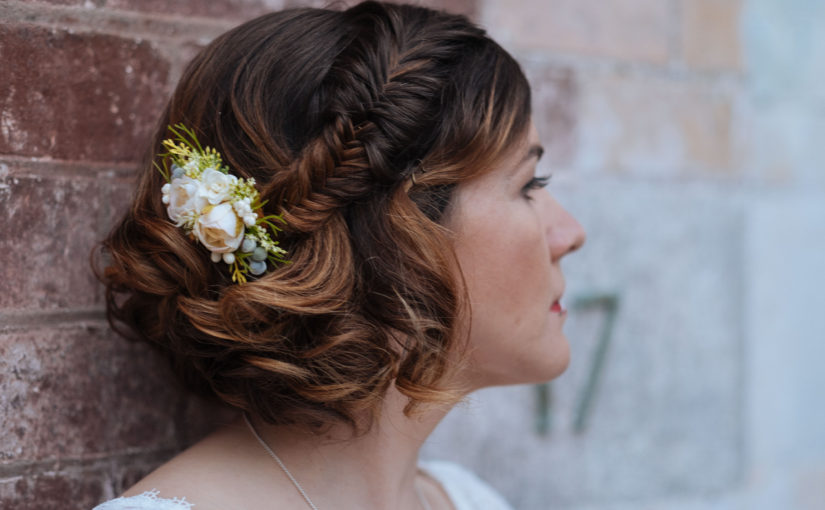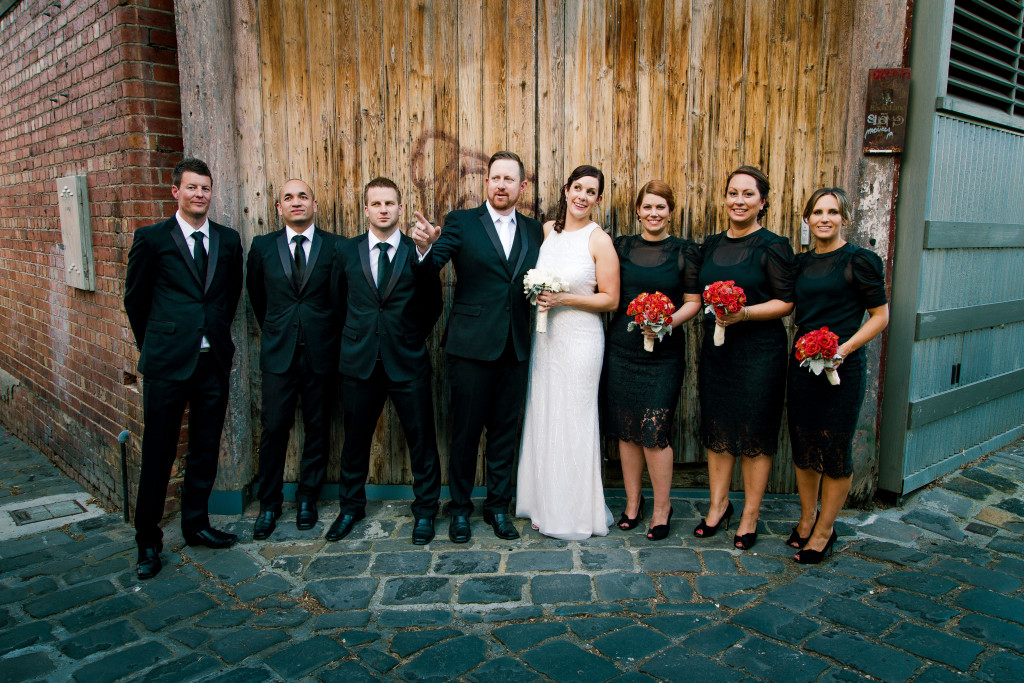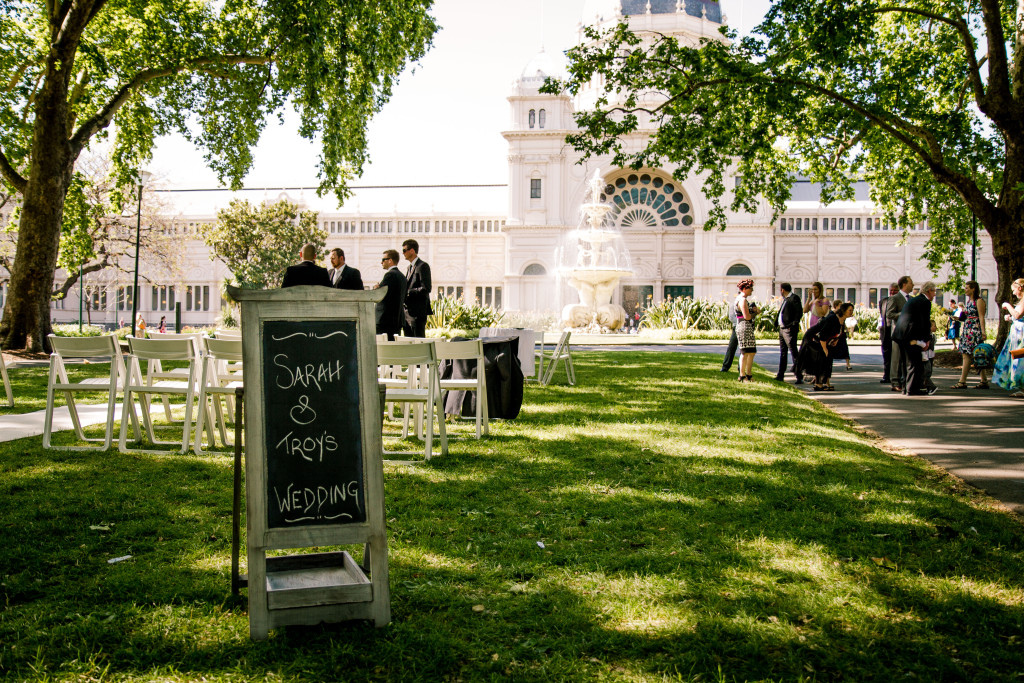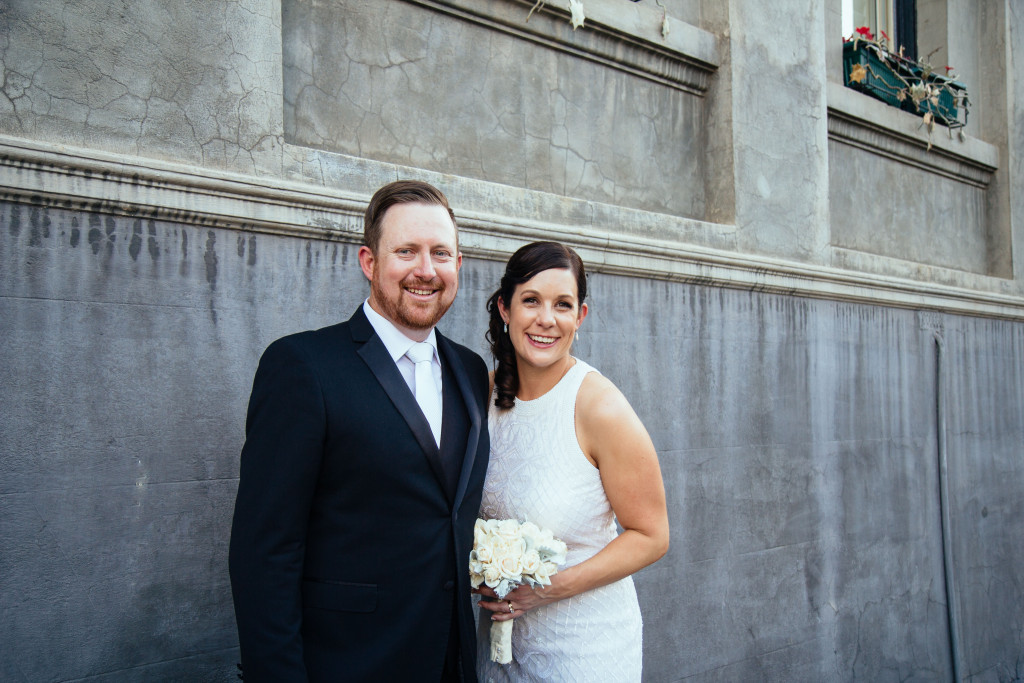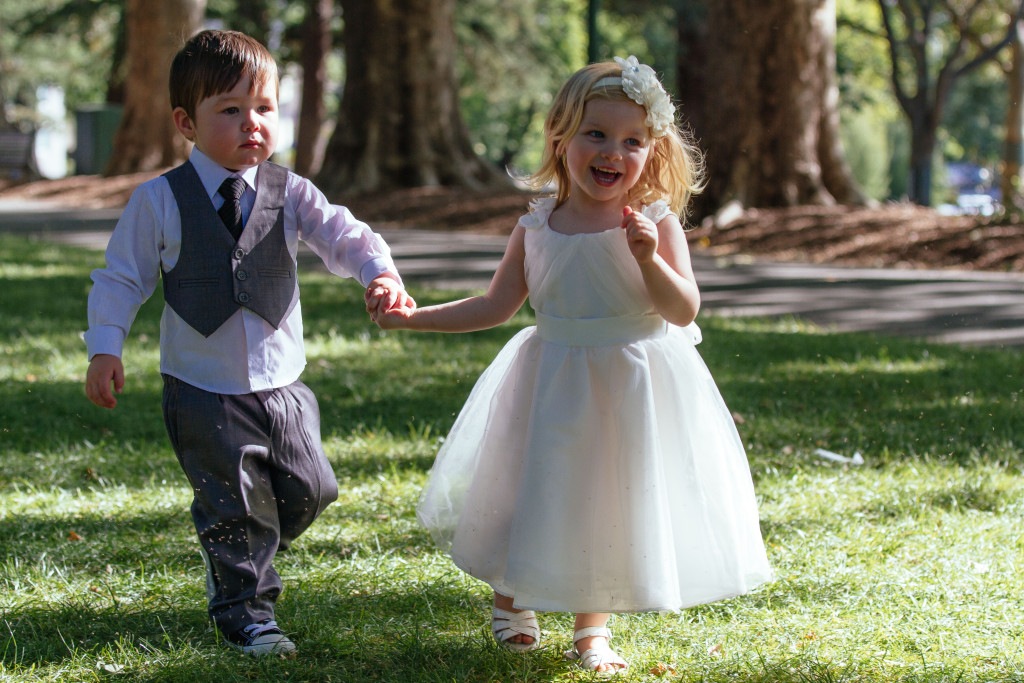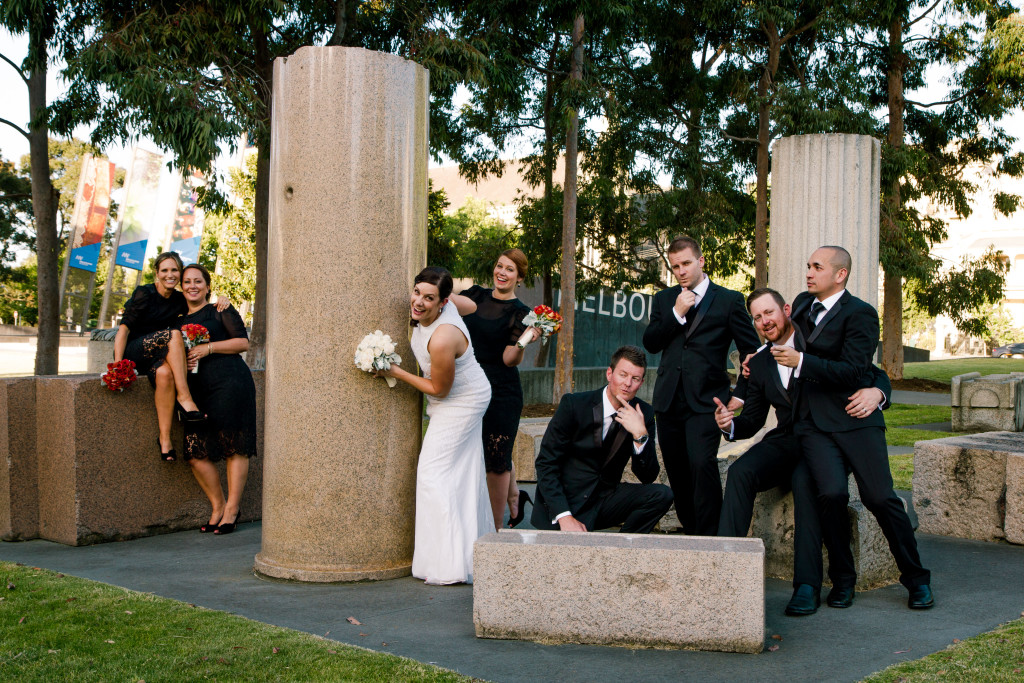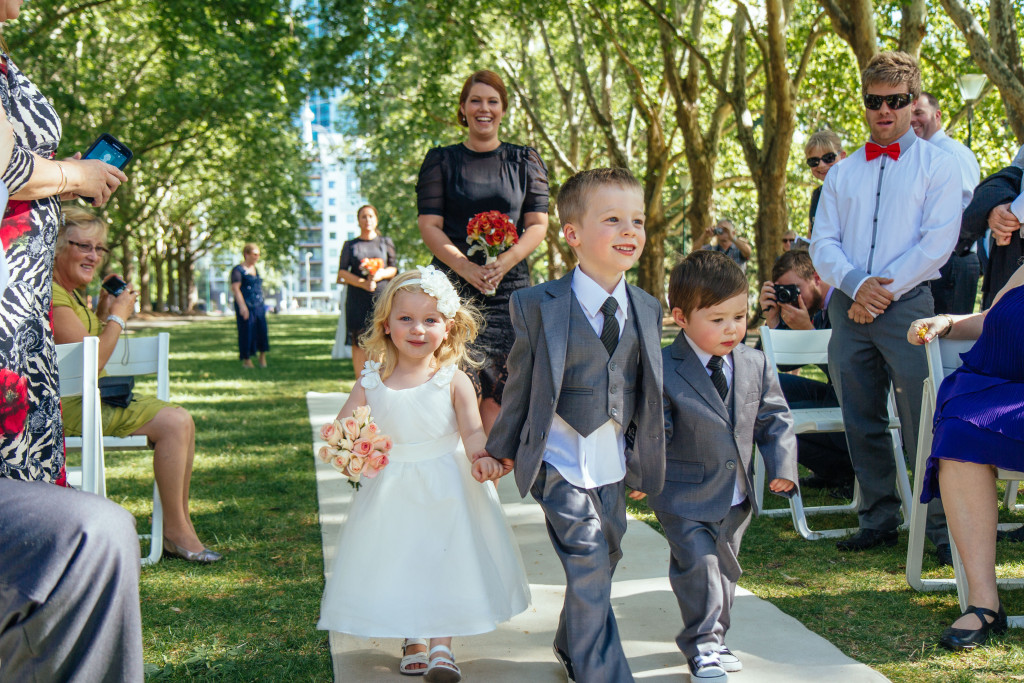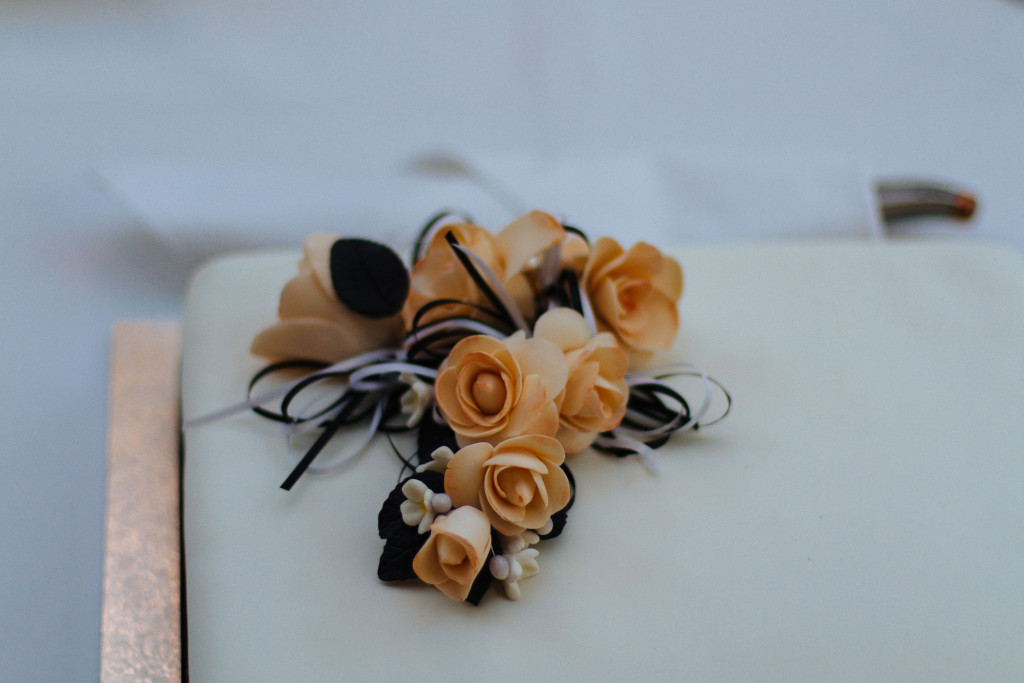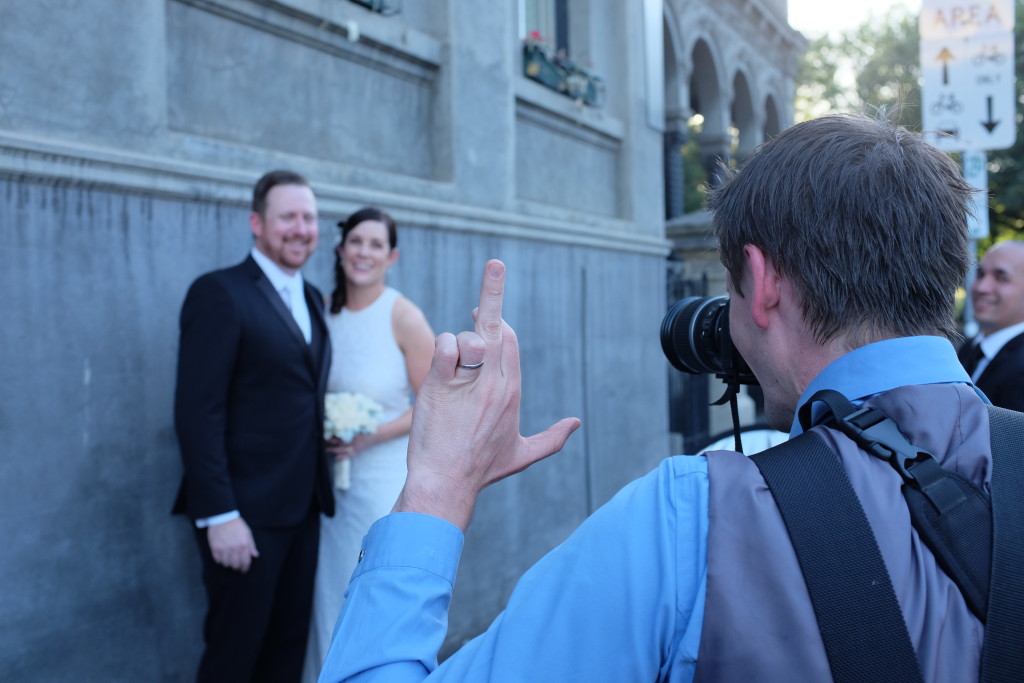About a year and a half ago I wrote down my tips on shooting your first wedding, fortunately they all hold up pretty well. But taking photography advice from someone who has just shot their first wedding is a bit like asking a learner driver for advice on how to drift simply because they have returned from their first drive around the block without crashing the car. But I’ve now shot 5 weddings…so you know…I’m now like a learner driver who has done a stint of driving home from a family holiday, you’d have to be an idiot to not listen to me!
To be honest, I know that I am not a wedding photographer…but I know that I am a photographer who can do weddings. It sounds like semantics, but a true wedding photographer can; work with a nightmare client, or get incredible poses from their subjects, or tell two people to kiss and then take a photo…without feeling like a pervert. They most likely have camera gear worth over $20K and an assistant with them on the day. Most of all, when someone asks them ‘Can you shoot my wedding?’ their first reaction is most likely ‘Yes, because that’s what I do.’ rather than ‘Oh shit! What if I stuff it up?!’
But if you have semi-decent people skills and you know you’re way around the basics of photography, then there’s no reason why you can’t shoot a wedding.
So without further ado, here is what a few additional weddings and 18 months of experience has taught me about wedding photography.
Don’t fear ‘auto’
Ok, I know that the photographers amongst you just spat your collective cornflakes onto the screen and yelled ‘Imposter. IMPOSTER!!’ But fear not, I’m not saying shoot the whole thing on auto, or that you shouldn’t learn how to use your manual settings. I’m just stating a simple truth; that your job on the day is to capture moments, and if stuffing around with your settings means that you miss one of those moments, then you’re not doing your job. I can assure you that no bride is going to be looking at the photos 5 years later and saying ‘…and this photo is my Dad, six seconds after he saw me walking down the aisle. The photographer didn’t capture the actual moment he saw me…but look at the way he nailed the exposure in the aftermath!”
In time you will be able to shoot everything on full manual and never miss a beat. But for now, just nail the composition and capture the moment.

Money
If this is your first wedding, then there’s a pretty good chance that you’re either family or friends of the bride and groom. Which can make working out what you are going to charge a bit tricky. You will be tempted to quote low, or ‘just make sure you cover your costs and then anything else is a bonus’, or think ‘I really like taking photos anyway’ or ‘I’ll just do it for the experience and to work on my Flickr gallery’.
DON’T!
If you’ve got an hourly rate, then work out how many hours you will be shooting on the day, and how many hours you think you will be editing for. Bear in mind that you will be working longer hours than you have before on a photo job, you will most likely have to hire a second camera (and possibly some lenses) you take at least 700 photos, it will at least an hour just to load these photos from you camera onto your computer, it will take hours to work out which photos to keep and which to toss, you will need to have a second hard-drive that you can keep all of the files on for safety. In short, this is not like when you took some photos at Christmas and sent them around to everybody. This is a big undertaking. You need to take it seriously, and the bride and groom need to take you seriously, and a really good way to do this is to charge like someone who deserves to be there. That way there’s no confusion as to who is doing who a favour.
You’re a photographer, you’re good at what you do, and you’re charging accordingly.
Now just make sure you back it up with some great photos.
Give them what they want….not what you want
For the last two wedding I’ve shot I’ve taken about 750 photos. From this I’ve culled them down to about 150 – 170 photos, worked on these photos until they are about 90% done (straightening any crooked shots, doing basic colour grading our black and white conversions, trying to work out what the $*%& I thought I was trying to achieve with that shot) and then sending these through to bride and groom for them to select 60 – 70 that I will do the final editing on.
For all of the weddings that I’ve done there have been at least 5 photos that I thought were crackers that didn’t make the Bride and Groom’s top 70…and at least three that I didn’t think were particularly strong, that they have loved! What they see in the photo can be totally different to what you see in a photo. So even if you’re only 50/50 on a photo, make sure you at least give them the option to say ‘yes’ or ‘no’. And if they happen to say ‘no’ to something you thought was genius…then just suck it up…or show the photo to your photographer friends who will no doubt see how brilliantly you were channelling Cartier Bresson.
Don’t get 10 versions of the same shot
This is one area that I have had to really work on. It was depressing to sit down to edit the photos to see how many times I would take multiple of versions of what was essentially the same shot. So I now work really hard on making sure when I’ve got a shot that I like, I also try to shoot from high and low, or wide, or maybe with something in the foreground to frame the shot, believe me you’ll be thankful when you come to send the photos through to the bride and groom and you can see a real range of shots.
It will come as no surprise that my current obsession is using reflections.
The gear
‘Oh thank God’ I hear you say ‘Finally a photography blog that talks about gear! There just isn’t enough of that on the internet!’
Well I don’t really care for your tone….but I will endeavour to keep this as short as possible anyway.
Unless you have some sort of magical lens that can do wide-angle all the way through to telephoto in low light…You will need two camera bodies. I’ve shot the last two weddings on two Fuji bodies, I’ve paired one with a wide-angle (10-24mm) and then put a 50-140mm on the other one for the ceremony, and then put a 56mm portrait lens for the photos of the bridal party. That way I always have the wide option available without having to go through the palaver of changing lenses.
If you’re going to have the two camera bodies, it’s really worth buying some sort of sling so that you can carry both of them and still have your hands free. I picked up one for $10 on Gumtree, so don’t feel you have to drop cash on a new one.
I’ve brought a tripod along to each wedding…and I’m yet to use it. This may be because there is only one of me and so I have to get all of the shots, which leaves less time for setting up tripods and locking off shots. I’m still too scared to forget about it altogether…but I’m also getting pretty sick of carting it around for no apparent reason.
One of my more self-absorbed purchases was my 56mm f1.2 lens. It seemed like a such a luxury when I bought it as 56mm was already covered on my 50-140mm and that was a f2.8 lens…so did I really need a f1.2 lens? The short answer is ‘YES!’ I have shot some of my favourite shots on this lens because of the low f-stop (and the way Fuji handles high ISO) I’ve been able to get some really good candid shots by shooting from a bit of distance and not needing a flash.


Not the gear
I 100% realise that this falls into the ‘no shit Sherlock’ category…but it’s also really easy to overlook the fact that how you are as a person on the day can be even more important than all the gear in the world.
If you can look like you belong there, and you can make the bride and groom feel that you are enjoying the day as much as they are…then it will show in the photos you take. If you look stressed or look like you’re out of your depth…you are unlikely to get people to relax in front of the camera. If you stuffed up the exposure on a shot, or if someone moved, it’s not the end of the world and no one else needs to know, so just take the shot again.
Learn a couple of poses that you can ask people to do. Just the simple act of telling people how to stand can be enough to let them know that you know what you’re doing.
The bride and groom have enough to worry about on the day…don’t add to that.
But most of all, remember that someone liked your work so much that they were willing to trust you with capturing one of the most important days of their like…and that’s pretty awesome!
